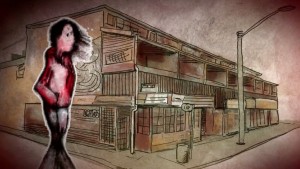itom987
Active Member
I never said anything about "hiding them from sight" stop putting words in my mouth. Matter of fact, it would help their plight if they were visible in a crowded area instead of where they are right now, hidden and ignored.
"They're freaking human beings, for crying out loud!" I am getting sick and tired of people trying to shame me yet offer no solution in return. I want to see solutions, I also want to see progress being made towards those solutions.
"They're freaking human beings, for crying out loud!" I am getting sick and tired of people trying to shame me yet offer no solution in return. I want to see solutions, I also want to see progress being made towards those solutions.






